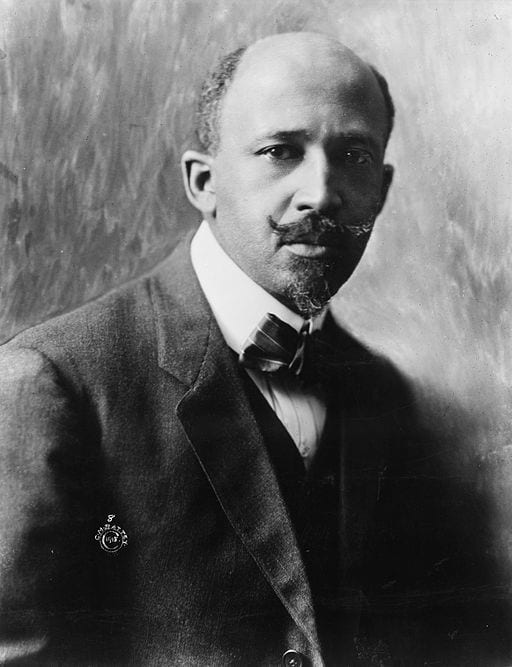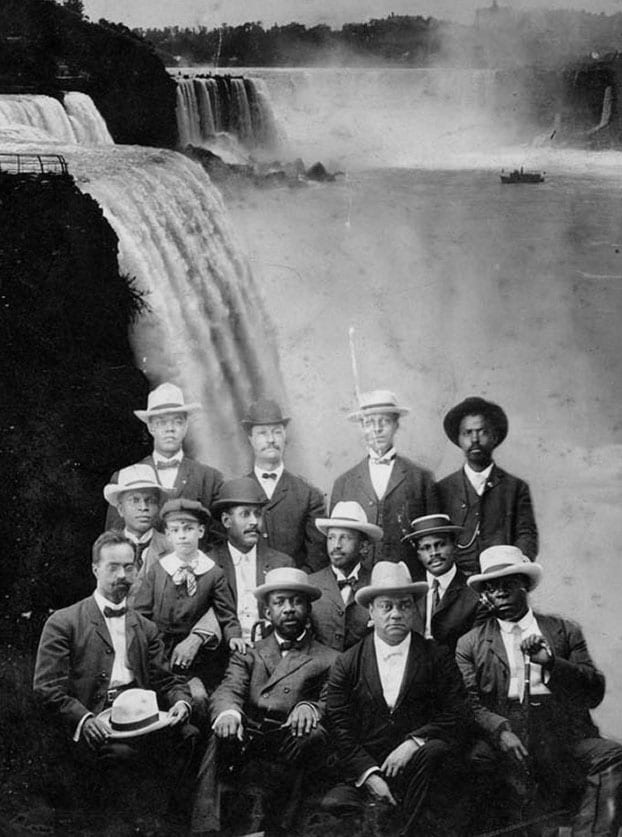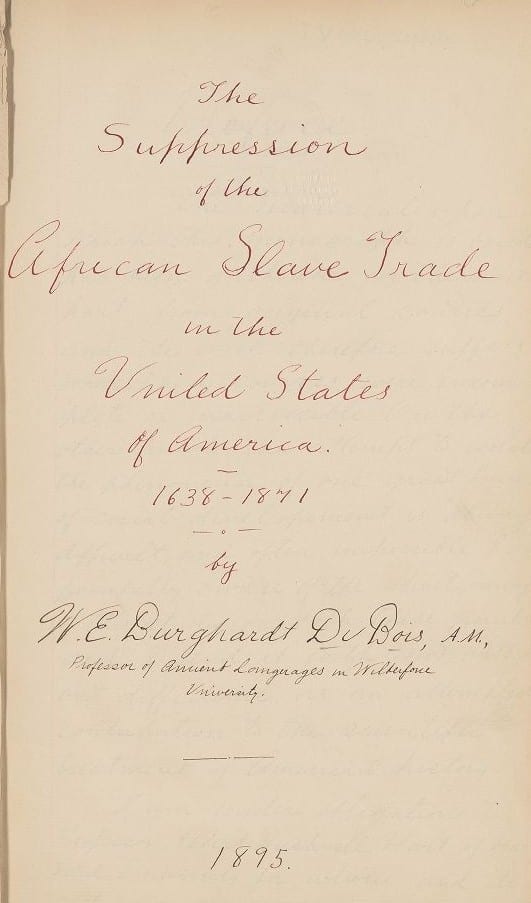Think you’ve got what it takes? Feeling like a smartypants today? Well, if you’re feeling your mental prowess today, then take a shot at these 5 brain teasers.
#1. A cowboy rides into town…
Continue reading when you’re ready to check your answer!
fact
W.E.B. Du Bois was a highly influential activist and scholar who lived during the time between the Civil War and the Civil Rights movement. Unfortunately, as has too often been the case with prominent African-Americans of that era, his contributions have been largely relegated to history books instead of celebrated the way they deserve to be.
In the spirit of Black History Month, here are 8 things you should learn about W.E.B. Du Bois.

Photo credit: Wikimedia Commons
The book was a collection of sociological essays that discussed the challenges of life as an African American. One essay discussed the death of his first child, who passed from diphtheria after Du Bois spent the night looking for one of the three black doctors in Atlanta, as no white doctors would treat his son.
Du Bois publicly opposed Washington’s “Atlanta Compromise,” which placed vocational access over equality. In response, Du Bois helped found the Niagara Movement, which advocated for equal rights.

The founders of the Niagara Movement, with Du Bois in the middle row wearing the white hat
Photo Credit: Public Domain
His study, “The Philadelphia Negro: A Social Study,” was the first major case study of a black community and one of the first data-driven social science studies.
He helped organize several Pan-African Conferences to fight racism and help end European colonialism.
He earned a bachelor’s degree from Fisk University and studied abroad at the University of Berlin in 1892. He earned his Ph.D. in 1895.

Photo Credit: Public Domain
Du Bois co-founded the NAACP in 1909. He acted as the organization’s director of publicity and research until 1934.
Du Bois moved to Ghana at the invitation of the country’s president and became a citizen, although he never renounced his American citizenship.
Du Bois died at age 95 in Ghana on August 27, 1963. The next day Dr. Martin Luther King, Jr., gave his iconic speech at the March on Washington.
The post 8 Facts to Know About W.E.B. Du Bois appeared first on UberFacts.
For those of us in the United States, this year has been a particularly cold, wet winter. As I write this, there’s a major snowstorm blanketing the East Coast, and seasoned natives of these cold parts know that warming up your car is an important step for keeping your car running smoothly throughout the winter. A 2009 study showed that most Americans believe that, when temperatures drop to below freezing, you should let your car idle for at least 4 minutes before driving off.
Unfortunately, it turns out there are several reasons why starting your car up and letting it run isn’t the best idea. Read on to find out why you shouldn’t make it a habit.
Photo Credit: Pixabay
According to Stephen Ciatti (whose credentials include drag racing and a PhD in mechanical engineering), newer model cars don’t need to idle to “warm up,” and the practice can actually lead to a shorter lifespan for your engine.
Older car models relied on carburetors, and frigid weather did pose a threat to their performance because the cold temperatures made the gasoline less likely to evaporate. That could lead to carburetors failing to get the right mixture of air and fuel to the engine, which could cause cars to stall out.
Photo Credit: Pixabay
Since the 1980s, however, most cars have been made with electronic fuel injection. That means your car is aware of the colder temperatures and can adjust automatically by introducing more gasoline to compensate. So if you let your newer engine idle, you’re subjecting your engine to more gasoline-rich fuel than necessary. That could lead to trouble, says Ciatti.
“Gasoline is an outstanding solvent and it can actually wash oil off the combustion chamber’s walls if you run it in the cold idle conditions for an extended period of time and can have a detrimental effect on the lubrication and life of things like piston rings and cylinder liners.”
Photo Credit: Pixabay
Once your engine reaches a temperature of around 40 degrees, the car switches back to its usual fuel mixture, but “warming it up” doesn’t help it reach that point any faster. The fastest way to heat up your engine is to just drive.
Bundle up, though, because it will take your engine between 5 and 15 minutes to climb to a normal temperature from the time you hit the gas.
Spring is coming though, y’all. The groundhog says so.
The post Here’s Why You Should Reconsider Heating up Your Car in Cold Weather appeared first on UberFacts.
via instagram
PhD students display twice as many symptoms of psychiatric disorders such as depression than other people.
In 17th-century Poland, wet bread mixed with spider webs was used to cure wounds. It may sound stupid, but it work, as the bread contained fungal spores, including penicillin and naturally produced antibiotic substances.
Hitler used the phrase, “Lügenpresse” to accuse the media outlets who were unsupportive of the Nazi party of false reporting.
A zoo in Texas has introduced a rather different Valentine’s package this year. For a small fee, they will name a cockroach after your ex and feed it to a meerkat.
The first U.S. gold rush started in North Carolina in 1803 when a 12-year-old boy found a 17-pound gold nugget on his father’s farm. It supplied all the gold for the nation’s mints until 1829.
Thomas Jefferson wanted the Constitution rewritten every 19 years. In a letter to Madison he muses that neither the constitution nor the laws of a previous generation should apply to the current one. The 19 years part comes from the mortality tables of the time (people live for much longer now than they did then).